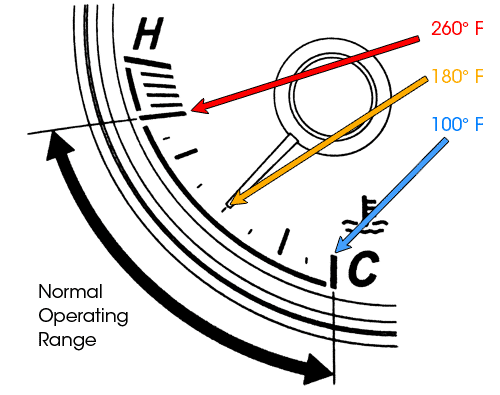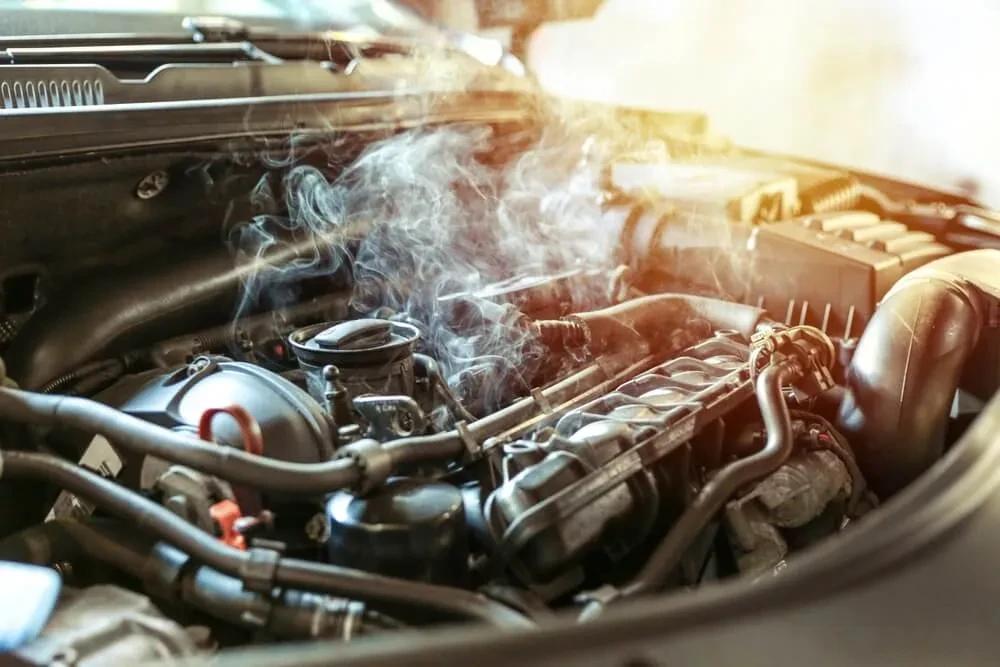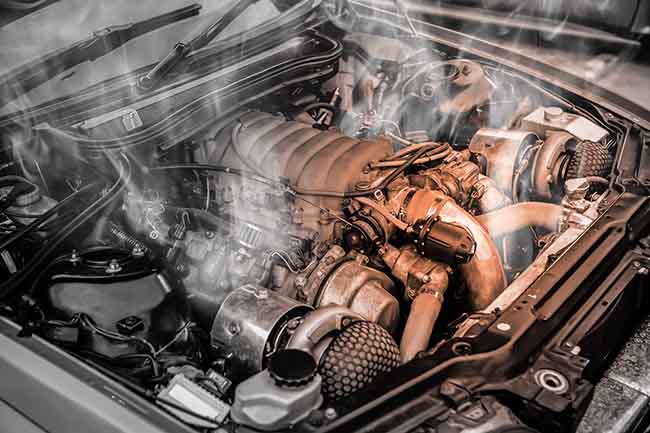Decoding the Heat: Understanding Your Car Engine's Temperature Dynamics

by AutoExpert | 15 January, 2024
In the dynamic world of automotive technology, understanding the basics of your car's engine, especially its temperature limits, is crucial. It's a well-known fact that engines heat up during operation, a perfectly normal occurrence.
Yet, there's a threshold to this heat, beyond which lies the danger zone of overheating. This article aims to demystify the concept of engine temperatures, providing essential knowledge for both seasoned motorists and new drivers.

The Science Behind the Heat
Car engines, despite their technological advancements, are not immune to generating excessive heat. This phenomenon aligns with the Second Law of Thermodynamics, where not all heat energy converts into mechanical power. There's always residual heat, which, unfortunately, serves no purpose other than to raise the engine's temperature, especially under strenuous conditions.

How Hot is Too Hot?
The central question then arises: just how hot does a car engine get? Before diving into specific numbers, it's important to note that engine metals can reach temperatures where they glow red. Generally, the peak temperature for most car engines hovers around 250 degrees Fahrenheit, measured through the liquid coolant. Components like exhaust valves can endure even higher temperatures. At these extremes, the cooling system is under intense pressure, often releasing coolant through the pressure relief valve in the radiator cap.

However, surpassing this threshold isn't advisable. While race car engines are built to withstand such heat, standard car engines are not. Pushing beyond 250 degrees Fahrenheit can lead to significant damage and requires sophisticated and expensive engineering.
Interestingly, some engines can momentarily withstand 300 to 400 degrees Fahrenheit. But these are fleeting moments, often signaling the engine's impending shutdown or spark plug malfunction, especially if there are existing issues with the water pump or head gasket.

In normal conditions, car engines operate within a 195 to 220 degrees Fahrenheit range.
When Overheating Strikes
Overheating, even over short distances, can cause severe damage to vital engine components. Factors contributing to this include heavy towing, prolonged exposure to intense sunlight, and maxing out the air conditioning. Most modern cars come equipped with a dashboard gauge for continuous coolant temperature monitoring. It signals any aberrations in the cooling system, though it may not display the exact temperature.
For newer models, a color-coded warning light system has replaced the gauge. Blue indicates a cold engine, while yellow or red signals a problem.

Cooling Down an Overheated Engine
If you find yourself with an overheated engine, here are some immediate steps:
- Pop the hood – This aids in cooling, but ensure the engine isn't still steaming.
- Inspect the coolant tank – Check for leaks and ensure the coolant level is adequate.
- Add antifreeze – Do this carefully, making sure the radiator is cool enough to prevent a sudden temperature shock.
Preventive Measures
Preventing overheating is manageable with a few proactive steps:
- Drive steadily – Avoid aggressive driving in hot weather.
- Prepare antifreeze – Keep it mixed with water in a 50:50 ratio.
- Regular coolant checks – Ensure its quantity and quality are up to standard.
- Inspect the radiator cap – A crucial component in maintaining system pressure.
- Clean the condenser – Keeping it free from debris ensures adequate airflow.

Understanding your car engine's heat dynamics is key in maintaining its health and performance. Be vigilant and proactive in monitoring and maintaining your engine to avoid the pitfalls of overheating. Remember, knowledge and timely action are your best defenses against the heat.

















